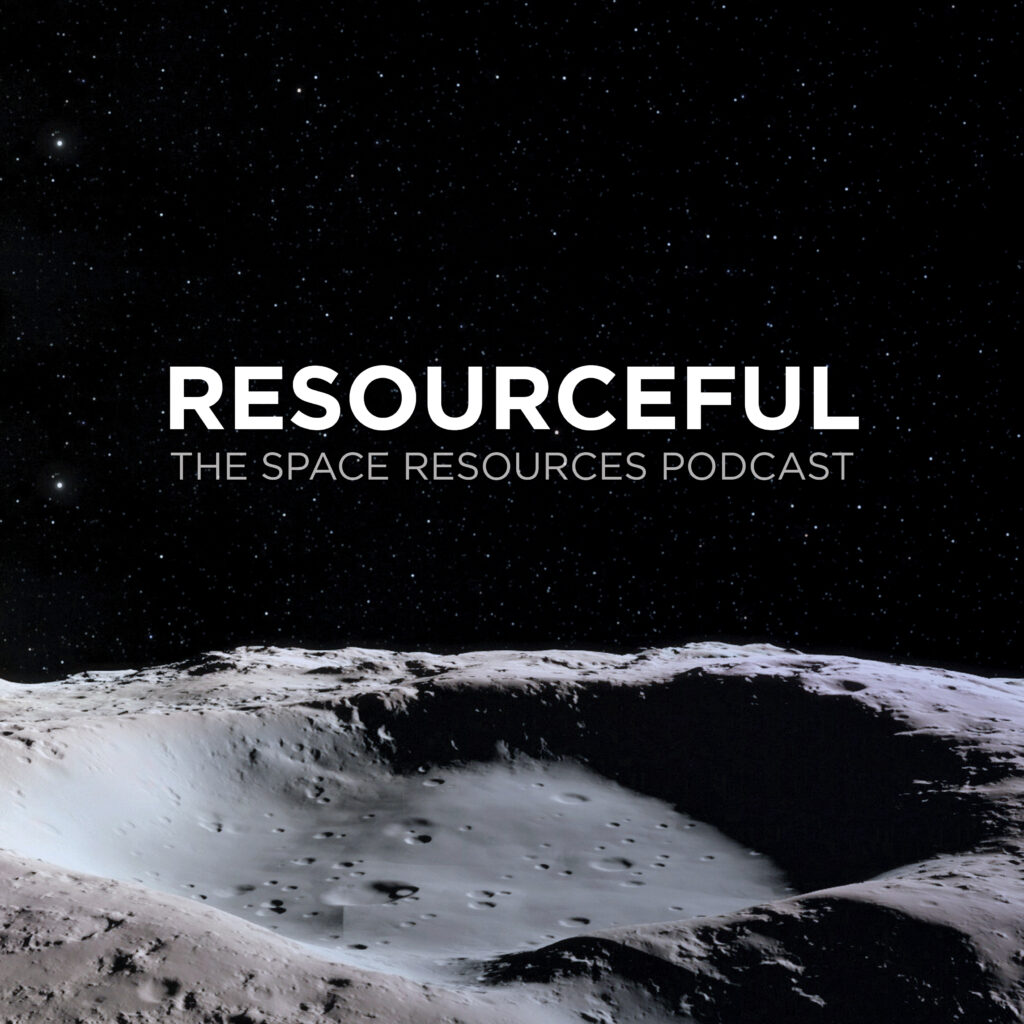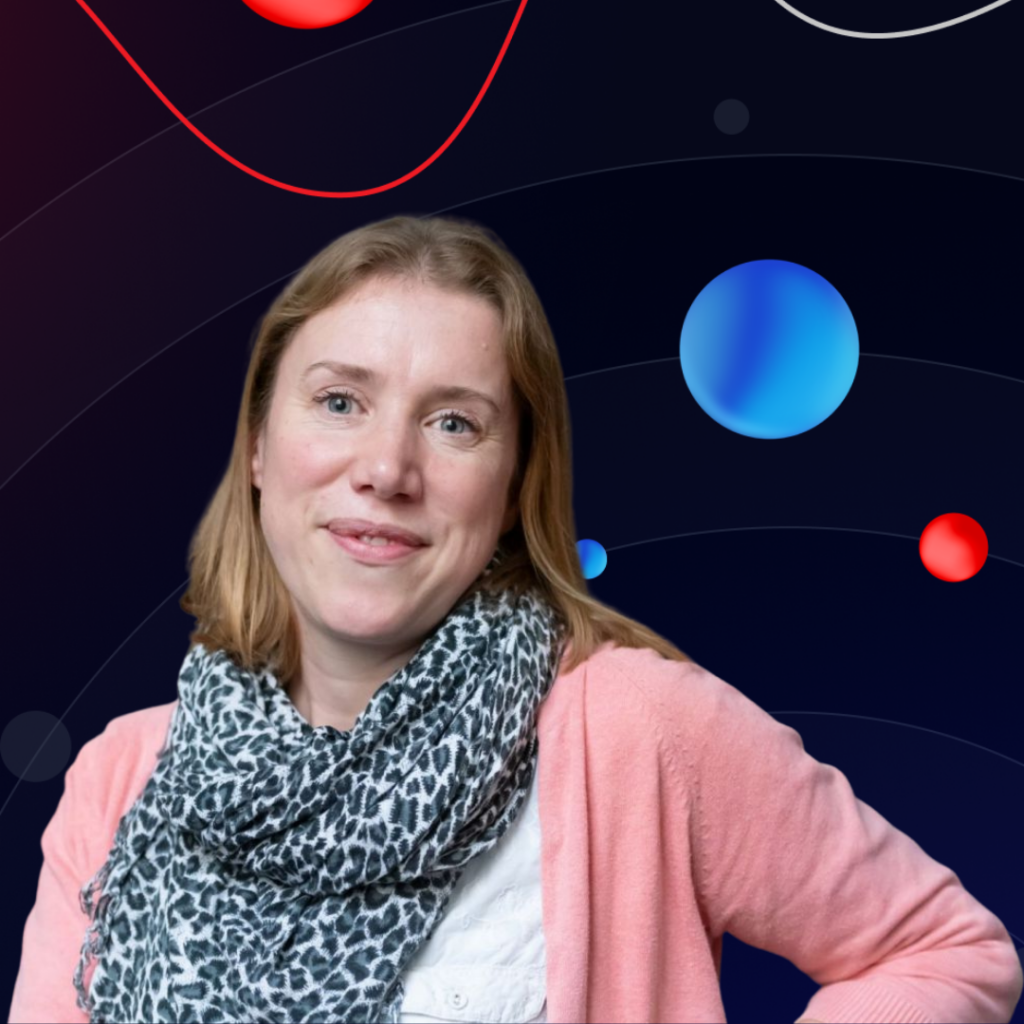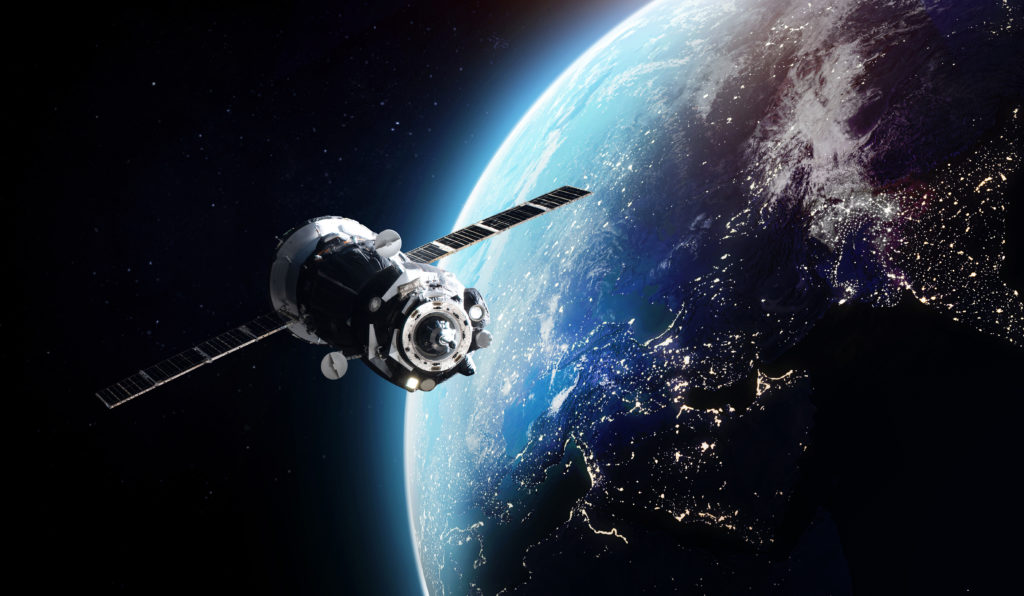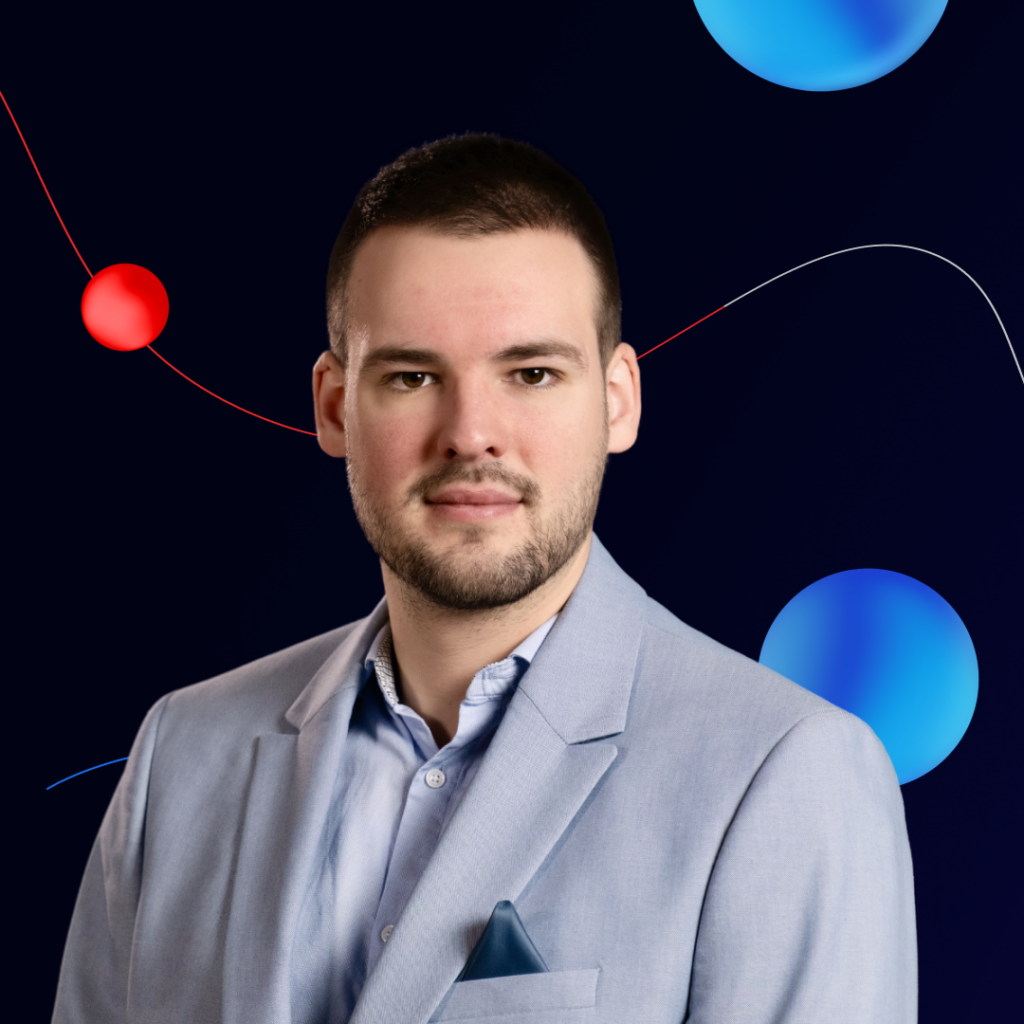Space – Key Projects
A Chair dedicated to the sustainable use of space resources
Backed by a PEARL Chair from the Luxembourg Research Fund (FNR) with an endowment of 3.7 MEUR over five years, Dr Kathryn Hadler, an internationally renowned scientist in mineral processing and beneficiation, has been building up the European Space Resources Innovation Centre (ESRIC) since 2022. ESRIC is the first research, business and innovation centre exclusively focused on the utilization of space resources. While research covers the full value chain, the centre is currently focused on advancing knowledge and technologies for extracting oxygen from lunar regolith.
“A new era of human and robotic exploration of space beyond low Earth orbit is underway”, explains Kathryn Hadler. “For humans to travel further and stay longer in space requires the development of systems to support human life and refuel spacecraft using resources found locally.”
Consequently, In Situ Resource Utilization is now a key element in space agency strategy for space exploration. The FNR PEARL funding complements resources from ESRIC and serves to build up a world-leading research team dedicated to solutions for the sustainable and responsible use of space resources.
How satellite tech can power our world beyond 5G
INSTRUCT is an industry-led research partnership between SES, the leader in global content connectivity solutions, and the Interdisciplinary Centre for Security, Reliability and Trust (SnT) at the University of Luxembourg. The project envisions to create a fundamental shift in the existing ecosystem of 5G wireless systems towards a ubiquitous, intelligent, self-organised and secured satellite-terrestrial integrated system exploiting ground-breaking Satellite Communications (SatCom) technologies.
CubeSat – Luxembourg’s foray into nanosatellite technology
The CubeSat project represents Luxembourg’s first foray into nanosatellite technology with a focus on in-house scientific experiments. Scheduled for launch in January 2026, the CubeSat will test and advance LIST-developed technologies, including a pyroelectric energy harvester. This harvester, part of the satellite’s payload, is designed to generate power from temperature fluctuations induced by the satellite’s orbit around the Earth. The CubeSat project is a collaborative effort involving LIST, CSUM (University Space Center Montpellier), and local radio amateur clubs. It showcases a significant research collaboration aimed at pioneering energy harvesting systems in space.
First Moon Rover made in Luxembourg to be launched soon
Ispace, a global lunar exploration company, has announced that its Mission 2, featuring the “Resilience” lunar lander and “Tenacious” micro rover, is now planned to launch in December 2024 and release Europe’s first rover onto the lunar surface. The lunar micro rover Tenacious was designed, manufactured, and assembled by ispace Europe S.A. in Luxembourg, with co-funding from the Luxembourg Space Agency through a European Space Agency contract with the Luxembourg National Space Programme, LuxIMPULSE. In August 2024, Tenacious was shipped from Luxembourg to Japan and integrated into the lander’s payload bay.
A concise encyclopaedia of space law
Edited by Prof. Mahulena Hofmann, Full professor of the SES Chair in Satellite Communication and Media Law at the University of Luxembourg, and P.J. Blount, Durham University (UK), Elgar will publish an encyclopaedia of space law in January 2025. In three years of work, the authors have compiled a comprehensive overview of the evolving landscape of space law. Moreover, the Encyclopaedia emphasises the importance of international collaboration in maintaining outer space as a peaceful domain. It illustrates how the demise of the bipolar world order changed the paradigm of international legal developments in outer space activities, whilst the need to guarantee the security, safety, and sustainability of space remained unchanged.
The creation of the first Funded Chair in Satellite Communications and Media Law in 2010 was a key component of the University of Luxembourg’s partnership with the global satellite operator SES. Its research focuses on the legal and regulatory challenges in satellite communications.
Near real-time satellite data for weather forecasting
Many projects run by the University of Luxembourg’s research group in geodesy and geospatial engineering use satellite data and remote sensing. The team is one of about 50 teams globally that can calculate satellite positions in our Global navigation satellite system (GNSS) at any given time to within 2cm accuracy. This supports all satellite missions, especially those in low and mid Earth orbits.
With the project GNSS-METEO, the research group applies its expertise in near-real-time global and continental GNSS data analysis to derive atmospheric products for the numerical weather prediction and space weather models in use at the United Kindgom Met Office. The tropospheric products, i.e., estimates of water vapour, are computed at intervals of 5 and 15 minutes, before they can be assimilated in the Met Office’s weather models, providing valuable information for global or United Kingdom weather forecasts.
In-space machine learning experiment
In June 2023, Luxembourg researchers have launched their very first own in-space experiment called AI4Space. This project will test machine learning algorithms to detect temperature anomalies in satellite systems in a more advanced way than is currently done. Developed by a team of researchers in the Space Systems Engineering (SpaSys) and the Computer Vision, Imaging and Machine Intelligence (CVI2) research groups, AI4Space will test machine learning algorithms to detect temperature anomalies in satellite systems in a more advanced way than is currently done.







